


Heat Stress
Introduction
A condition seen in chickens, and turkeys caused by high environmental temperature, especially associated with high relative humidity and low air speed. Ducks are relatively resistant to heat stress. Predisposing factors include genetics, feather cover, high stocking density, nicarbazin in feed, acclimation, drinking water temperature and availability.
Signs
- Panting.
- Increased thirst.
- Reduced feed consumption.
- Reduced egg production.
- Legs and wings outstretched.
- Prostration.
Post-mortem lesions
- Carcases congested.
- Mucoid exudate in nostrils and mouth.
Diagnosis
Temperature records, signs, lesions, exclusion of other conditions, pattern of losses.
Treatment
Cool water, maximise airflow, if relative humidity is low then wet the roof and fog.
Prevention
Houses of optimal height and insulation, painted white to reflect heat, evaporative coolers, feed with a reduced protein:energy ratio. Feeding during cooler hours may be beneficial. Reductions in stocking density of meat poultry may be quickly achieved by partial depletion ('thinning').







